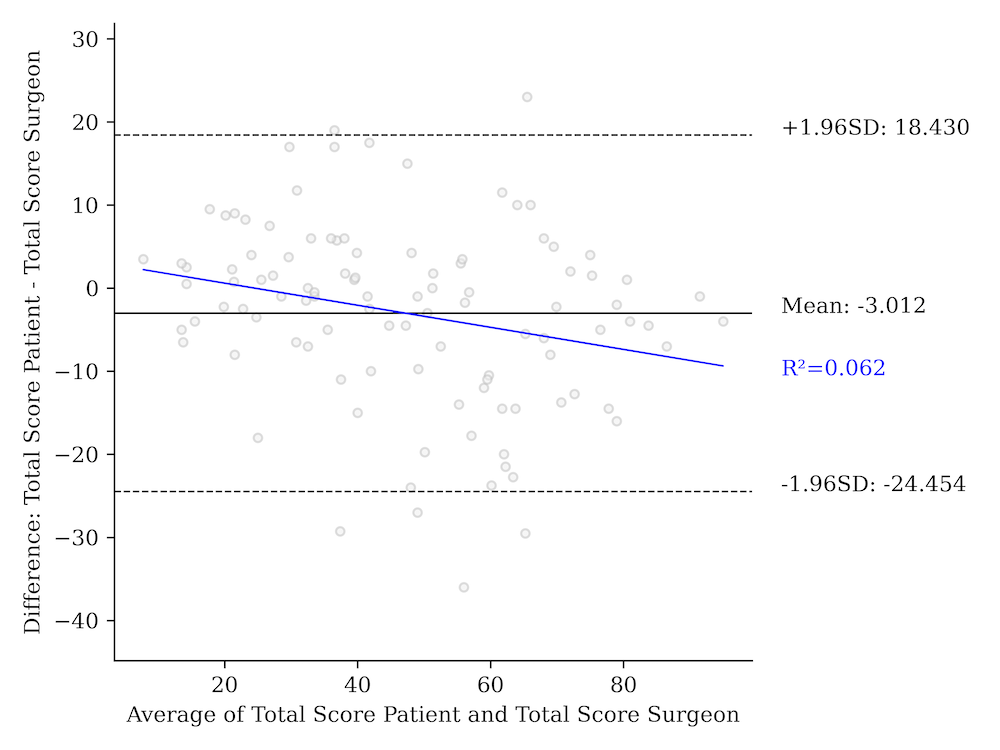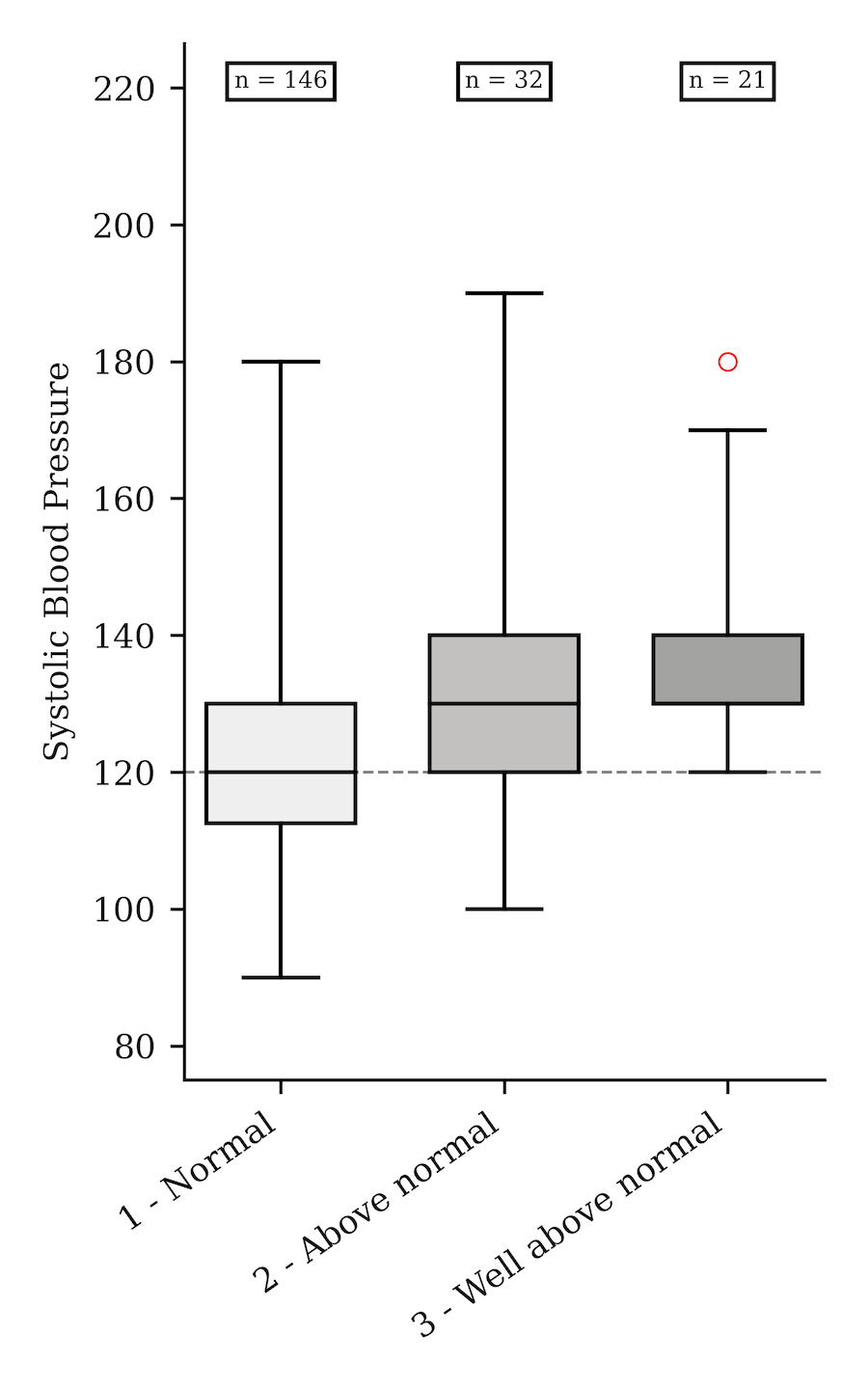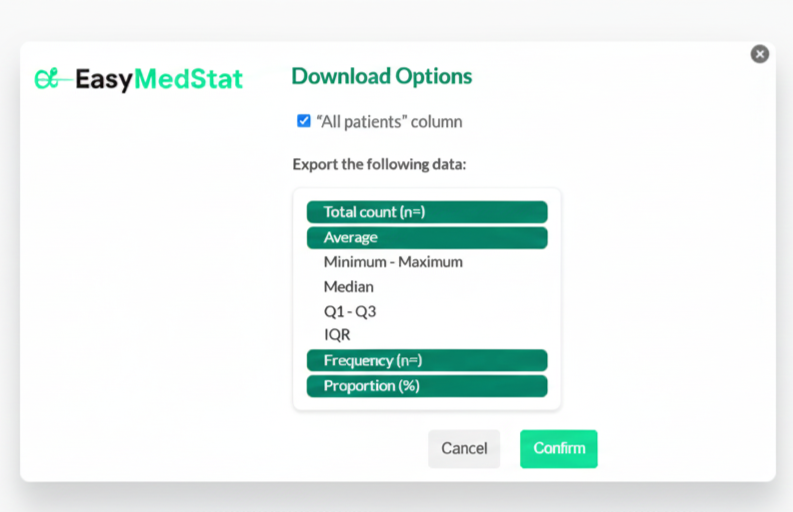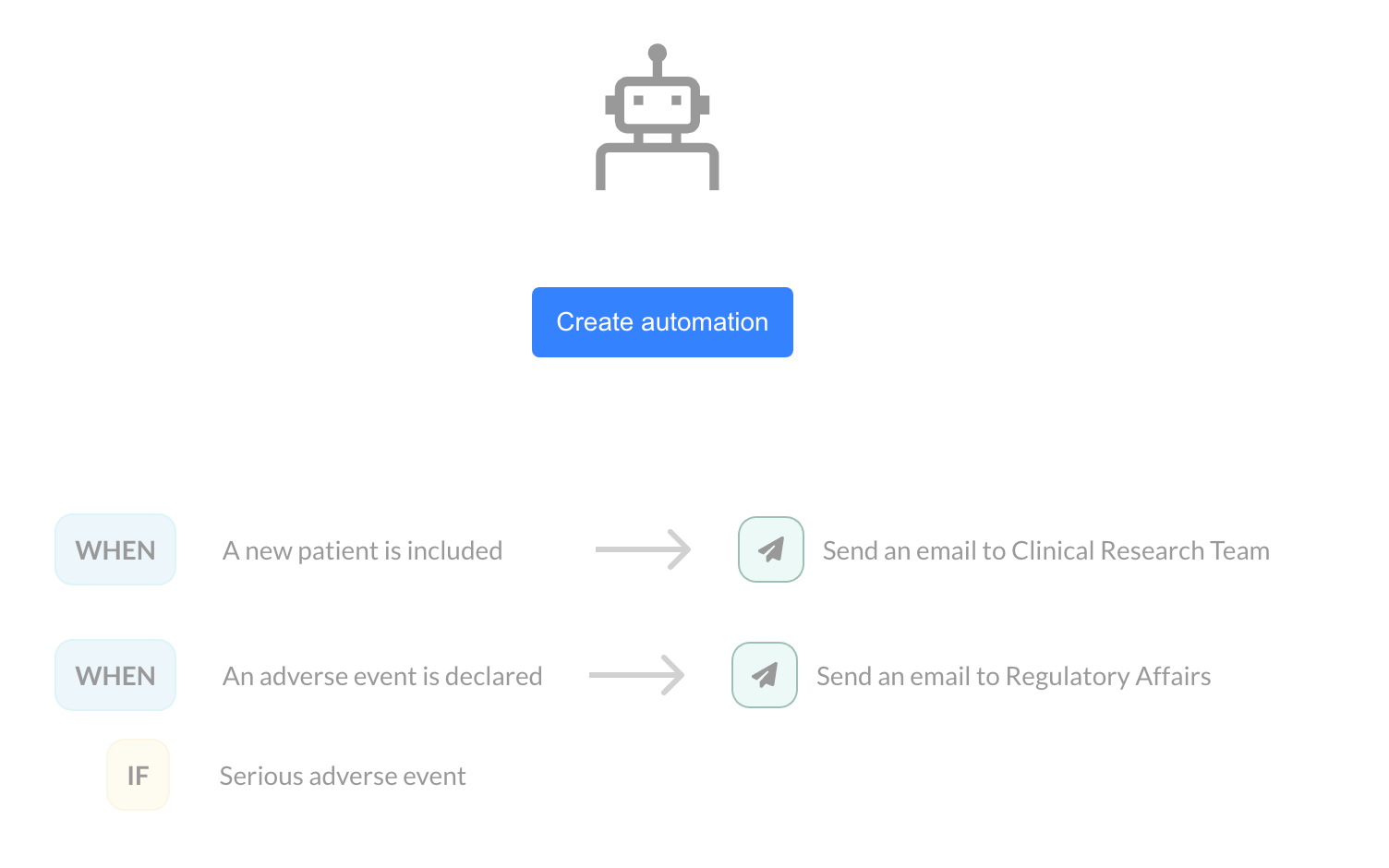Blog
New on EMS: Inter and intra-observer agreement, Bland-Altman charts and post-hoc tests for comparisons of several groups - Product Update v3.15
Just two weeks ago we released version 3.14 which improved the e-CRF. Today, make way for new statistical features!
Two types of analyzes were particularly requested and have been added to the long list of statistical tests that can be performed with EasyMedStat:
- Inter-observer and intra-observer analyzes for numerical variables
- Post-hoc tests when comparing more than two groups
Let's take a look at these new features and how to use them.
Inter-observer and intra-observer analyses, Bland-Altman charts
Until now, it was possible to perform these analyses on
discrete variables (List or Yes-no). It is now possible to do this for continuous numeric variables.
You will now obtain:
- A calculation of the intraclass correlation coefficients (ICC) which makes it possible to measure the strength of agreement
- Bland-Altman charts which make it possible to observe the difference between the two observers according to the average value of the observation.
To use this feature, go to “Test variables” then choose the two variables that correspond to your two observers. Next, open the “Assess the interobserver agreement or intraobserver agreement” panel. It's done !
The functionality is available to compare 2 observers or the same observer repeating the same observation twice.

Post-hoc tests when comparing more than two groups
When you compare a numeric variable between more than 2 groups, the test tells you if at least one of the groups is different from the others. However, it does not prejudge the differences between each of the groups.
For this, a post-hoc test must be carried out which will compare 2 to 2 each of the groups, using a p-value adjusted to take into account the inflation of the alpha risk due to these repeated tests.
These post-hoc tests are now automatically performed when you make a comparison of more than 2 groups and the p-value is less than or equal to 0.05:
- The Tukey HSD test after an ANOVA
- The Dunn-Bonferoni test after a Kruskal-Wallis test
To use this feature, go to “Test variables” then choose two variables: the 1st corresponds to the numeric variable that we will compare between the groups, the 2nd corresponds to the List type variable which lists the groups. Next, open the “Compare values of …” panel. It's done !
These tests are not performed if the p-value of the main test is greater than 0.05.

LATEST POSTS

Risques compétitifs : méthodes d’Aalen-Johansen et test de Gray désormais intégrées dans EasyMedStat




Let your friends know!




